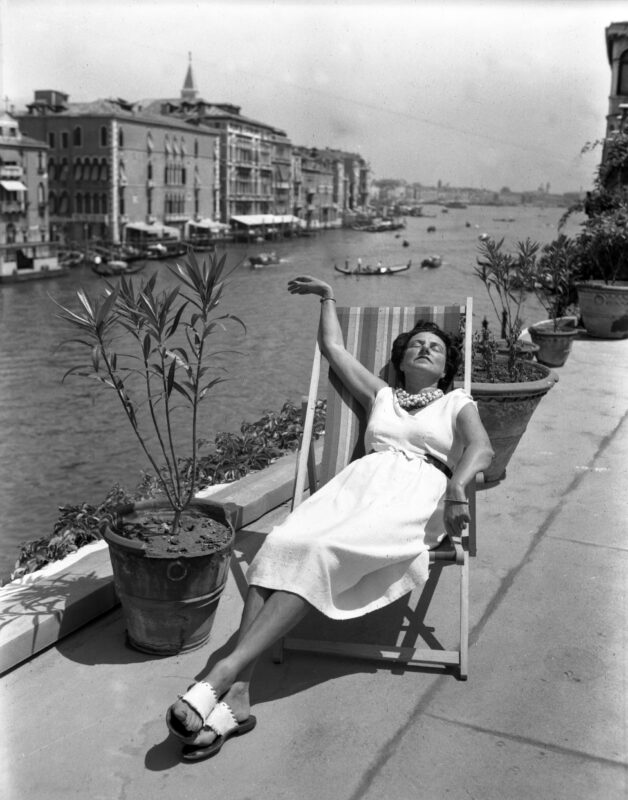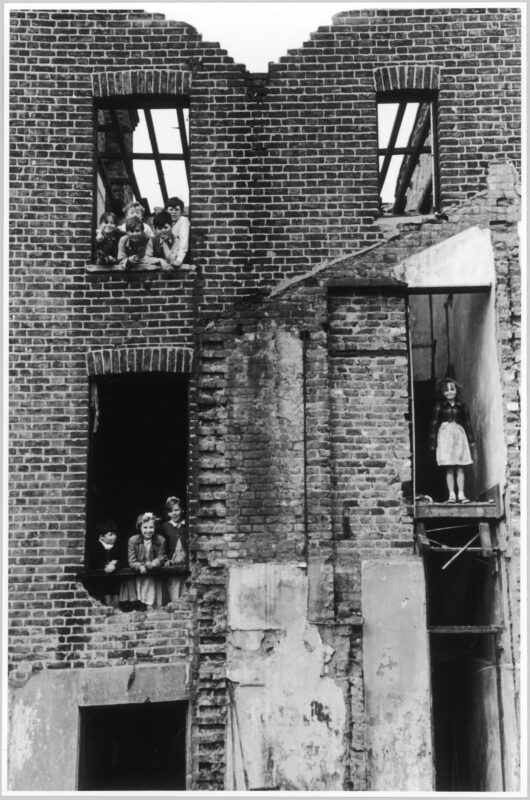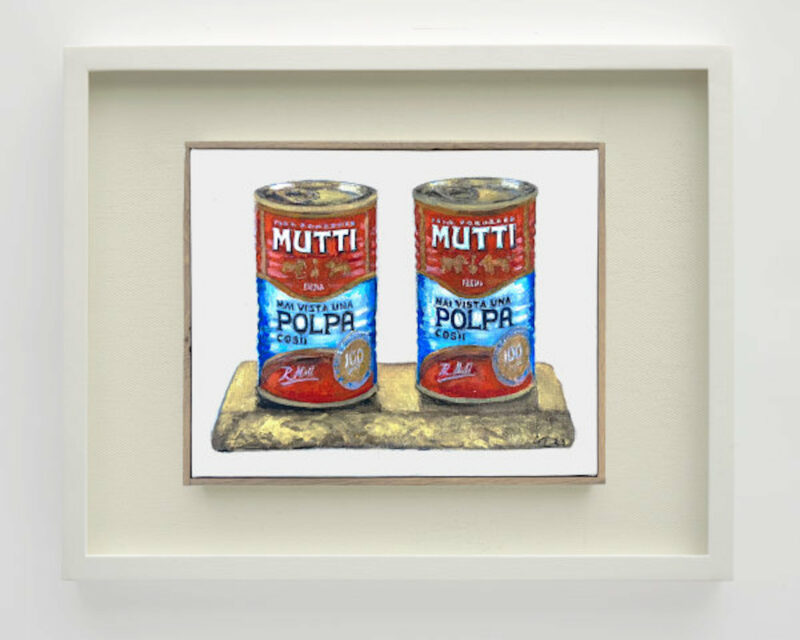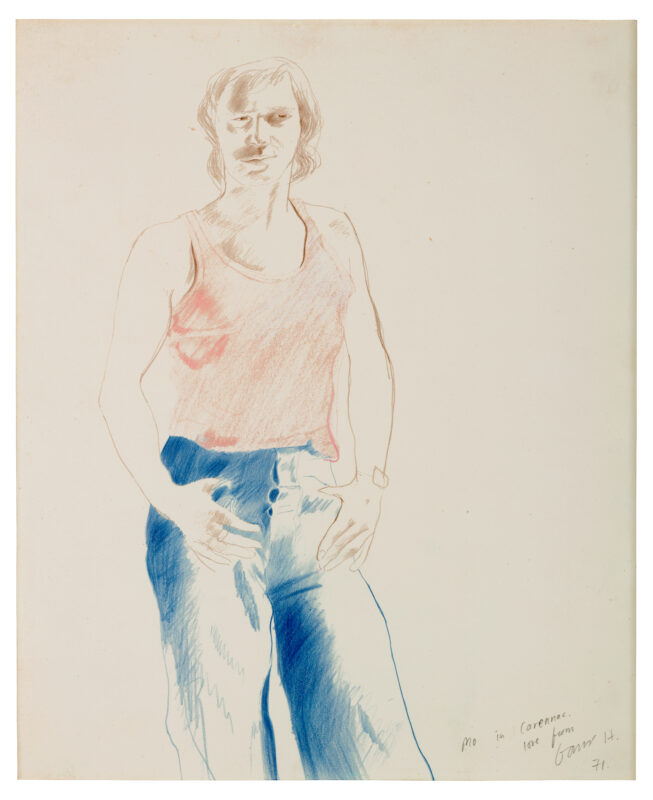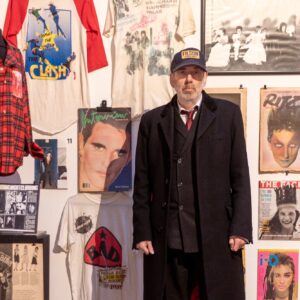
Senga Nengudi, R.S.V.P. Reverie ‘D’ 2014
The Henry Moore Institute presents a major exhibition of the work of Senga Nengudi. Bringing together pioneering work from 1969 to the present, the exhibition also includes recreations of work not seen since the 1970s alongside a new installation. This will be the artist’s first solo institutional exhibition outside the United States.
Born in Chicago in 1943, Nengudi has been a trailblazer in sculpture for fifty years. A vital figure in the African American avant-garde scenes of Los Angeles and New York in the 1960s and 1970s, her work is characterised by a persistently radical experimentation with material and form. Building upon a legacy of abstraction, Nengudi is a leading figure of Postminimalism making sculpture embedded with human, philosophical and spiritual concern. Her assimilation of traditional African forms and Japanese Gutai within Western Modernism has also been especially significant.
Among Nengudi’s earliest works are the ‘Untitled (Water Composition)’ sculptures from the late 1960s /1970s. Unseen for forty years, a number have been recreated especially for this exhibition. Made from heat-sealed transparent vinyl and filled with coloured water, their abstract forms rest on the floor, on plinths or are fixed to a wall. Undermining the static and industrial tendencies of Minimalist sculpture, the water sculptures instead hang and flop with the weight of a body, mimicking flesh while responding to the viewer’s touch.

Senga Nengudi, Performance Piece 1978
Much of Nengudi’s work has been informed by her long-standing interested in spiritual rituals across cultures and the use of objects. ‘Ceremony for Freeway Fets’ (1978) comprises eleven photographs documenting a performance Nengudi initiated with David Hammons (b. 1943), Maren Hassinger (b. 1947) and members of the Studio Z collective at a Los Angeles freeway underpass. The performance incorporated many different objects Nengudi constructed out of what became her signature material – nylon tights. Other photographs, including the triptych ‘Performance Piece’ (1978), show Hassinger, a long-time collaborator and choreographer, interacting with the R.S.V.P. sculptures, perhaps Nengudi’s best known body of work.
Significant examples from the R.S.V.P. series will be included. Begun in 1975, they are made with nylon tights. Stretched, knotted, filled with sand and mounted on the wall or between opposing walls, Nengudi has referred to these sculptures as ‘abstracted reflections of used bodies’. Of great influence to artists more recently, they remain powerful, yet humble, icons of the triumphs and traumas of the human body, especially the female body: Nengudi initiated the series after becoming pregnant.
Also included is ‘Bulemia’, a room-filling installation made from collected and overpainted newspaper, unseen since its original presentation in 1990, and a new ‘Sandmining’ installation made for this exhibition. Building upon a series begun in the 1990s, the ‘Sandmining’ is shown alongside elements from the Wet Night – Early Dawn – Scat Chant – Pilgrim’s Song series from the same decade. The two bodies of work explore the artist’s long-standing interest in the commonalities of different belief systems and pilgrimage.
Offering the most expansive overview of Nengudi’s practice to date and shedding light on the work of a figure fundamental to Postminimalism, this exhibition asserts Nengudi’s vital position within a generation of artists who redefined the possibilities of sculpture and representations of race and gender while drawing upon a tradition of abstraction.
The exhibition will be accompanied by a special edition of the Institute’s Essays on Sculpture series with contributions by Laurence Sillars, Head of Henry Moore Institute Programmes and curator of the exhibition; Whitney Battle-Baptiste, Associate Professor, Department of Anthropology at the University of Massachusetts Amherst and Adelaide Bannerman, London-based artist and curator.
Senga Nengudi: a brief biography
Born in Chicago in 1943, Senga Nengudi lives and works in Colorado Springs, Colorado. She studied art and dance at California State University, graduating in 1967 before studying Japanese culture at Waseda University, Tokyo from 1966-67. Returning to Los Angeles, she completed an MA in sculpture at California State University in 1977. Recent solo exhibitions include Institute of Contemporary Art, Miami (2017-18); Henry Art Gallery, Seattle (2016) which travelled to Contemporary Arts Center New Orleans, DePaul Art Museum, Chicago, USC Fisher Museum of Art, Los Angeles and Museum of Contemporary Art, Denver (2014). Nengudi’s work was included in the 2017 Venice Biennale and has been featured in major group exhibitions, such as Soul of a Nation: Art in the Age of Black Power, Tate Modern (2017); We Wanted a Revolution: Black Radical Women, 1965-85, Brooklyn Museum, New York (2017); Blues for Smoke, Whitney Museum of American Art, New York (2013); Radical Presence: Black Performance in Contemporary Art, Contemporary Art Museum Houston (2012) and WACK! Art and the Feminist Revolution, Museum of Contemporary Art Los Angeles (2007).
Senga Nengudi will be at The Henry Moore Institute from 21 September 2018 – 17 February 2019
